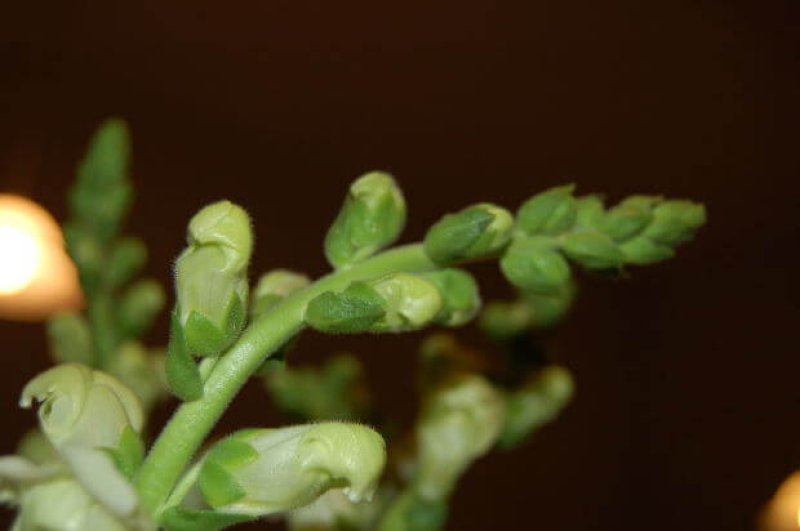Synthetic biology is generally held to be the rational design of biological components to achieve a desired purpose. It attempts to replace the inherent messiness of biology with the ordered precision and predictability of engineering. It’s a tall task, and requires an intimate understanding of the biological process that is to be engineered. Not surprisingly, much of the initial work has been done in bacteria where such detailed understanding is a little easier to obtain. Complex multicellular organisms such as plants pose additional problems, but as this special issue demonstrates, this has not prevented rapid progress.
Fortunately, synthetic biology lends itself well to a reductionist approach, as illustrated by the ‘BioBricks’ popularised by the annual iGEM competition. This allows relatively complex and sophisticated ‘devices’ to be constructed from simple components. In fact, one of the strengths of synthetic biology is that new synthetic tools can be developed that, once obtained, permit the creation of new levels of artificial biological synthesis. Thus synthetic biology is progressing via ‘bootstrapping’, or as Baron von Münchhausen would have put it, is pulling itself out of the swamp by its own hair.
Read the full, original paper: Emerging tools for synthetic biology in plants
Additional Resources:
- Do the benefits of synthetic biology outweigh the risks?, Genetic Literacy Project
- Synthetic biology companies shift to making food additives and fragrances, Nature
- British biotech company focuses on creating cellular factories, Independent































